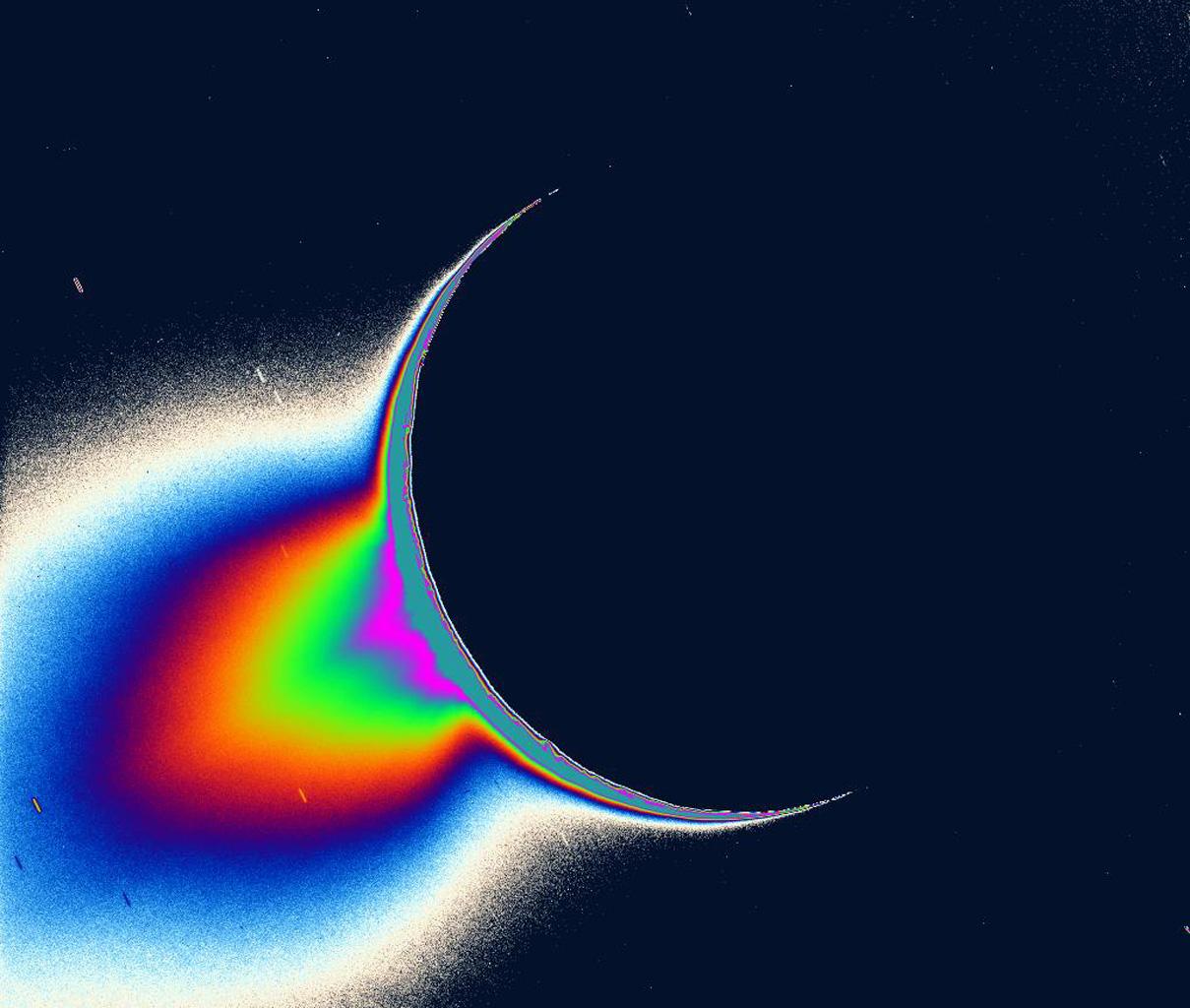Astronomers around the world believe that life as we know it today began on the ocean floor. NASA has created a model of the primordial ocean which will be used for studying the origins of life. Their work sheds light on ways life formed on the ocean’s floor 4 billion years ago. A more detailed look at the study may also give a hint as to where in the universe we could also find life.
NASA’s Jet Propulsion Laboratory astrobiologist Laurie Barge led a team of researchers to explore the origins of life in a modeled primordial ocean. The study published in the journal Proceedings of the National Academy of Sciences could help recognize trails of life on other celestial worlds in the universe.
Scientists mimicked the primordial ocean by making miniature seafloors in beakers. These ocean presentations work as the nurseries for amino acids and other organic compounds which are critical for life to flourish. Similar to Lego blocks, amino acids lay one on another and then form proteins which are the main compounds of all living creatures on Earth.
“Understanding how far you can go with just organics and minerals before you have an actual cell is really important for understanding what types of environments life could emerge from,” Barge, the lead investigator and first author on the new study said in a statement. “Also, investigating how things like the atmosphere, the ocean and the minerals in the vents all impact this can help you understand how likely this is to have occurred on another planet.”
“If we have these hydrothermal vents here on Earth, possibly similar reactions could occur on other planets,” JPL’s Erika Flores, co-author of the new study said.
For their model, Barge and Flores used commonly found materials in the early ocean of Earth. They combined water with different minerals and “precursor” molecules like pyruvate and ammonia.
“We’ve shown that in geological conditions similar to early Earth, and maybe to other planets, we can form amino acids and alpha hydroxy acids from a simple reaction under mild conditions that would have existed on the seafloor,” said Barge.
The research of simulating the primordial ocean is important because it helps study planets in the solar system and beyond as long as they are in the habitable zone. Scientists believe Jupiter’s and Saturn’s moons Europa and Enceladus respectively could host hydrothermal vents which could enable life to exist in their oceans.
Furthermore, it is expected that with the new missions to Mars, the return of samples from the Red Planet can be studied to test the same simulations and search for the origins of life. Scientists can study parts of Martian rock to see whether or not there were amino acids that formed as a result of the interaction between iron minerals and water that likely existed on Mars long ago.
“We don’t have concrete evidence of life elsewhere yet,” said Barge. “But understanding the conditions that are required for life’s origin can help narrow down the places that we think life could exist.”





